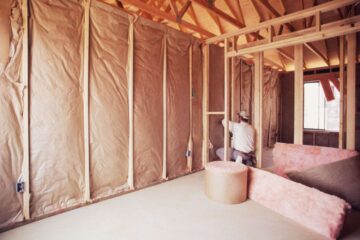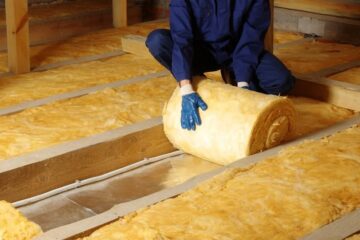Modern construction demands materials that deliver multifaceted performance while addressing environmental concerns. Glass wool insulation, with its sophisticated engineering and sustainable composition, has become the insulation of choice for architects designing high-performance buildings. This advanced material, manufactured using up to 80% recycled glass content, represents a perfect synergy between cutting-edge technology and ecological responsibility.
The thermal efficiency of glass wool stems from its precisely engineered fiber matrix. During production, molten glass is spun into ultra-fine fibers that create millions of microscopic air pockets. These trapped air cells form an exceptionally effective thermal barrier, achieving R-values up to 4.3 per inch. The result is buildings that maintain consistent interior temperatures with dramatically reduced energy demands, often cutting HVAC costs by 40% or more compared to uninsulated structures.

Acoustic engineers value glass wool for its noise reduction coefficients (NRC) ranging from 0.70 to 1.00. The material’s open fibrous structure converts sound energy into minute amounts of heat through friction, effectively absorbing both low-frequency mechanical noises and high-frequency airborne sounds. This makes it indispensable in recording studios, hospitals, and urban residential projects where acoustic comfort is paramount.
From a fire safety perspective, glass wool’s inorganic composition gives it a melting point exceeding 1,000°C. Unlike organic insulation materials, it won’t combust or contribute to flame spread, earning it Class A fire ratings in building codes worldwide. This inherent fire resistance is particularly crucial in high-rise construction and industrial applications.
The sustainability profile of glass wool is equally impressive. The manufacturing process consumes 30% less energy than comparable insulation products while diverting thousands of tons of glass from landfills annually. Post-consumer recycled content typically ranges from 60-80%, with the finished product being 100% recyclable at end-of-life. These attributes contribute significantly to LEED and BREEAM certification points.
Installation advantages include:
- Precision-engineered friction-fit designs for cavity walls
- Pre-cut batts for standard framing dimensions
- Rigid boards for continuous exterior insulation
- Loose-fill options for irregular spaces
As net-zero energy buildings become the global standard, glass wool insulation continues to evolve with enhanced fiber technologies and improved binder systems. Its unique combination of thermal, acoustic, fire safety, and environmental performance makes it not just an insulation material, but a critical component in building physics and sustainable design strategies for the 21st century.


